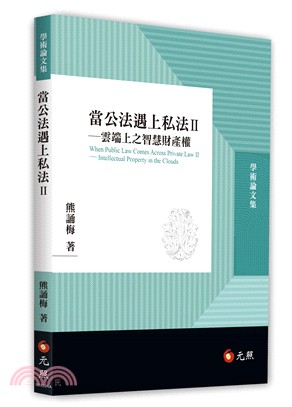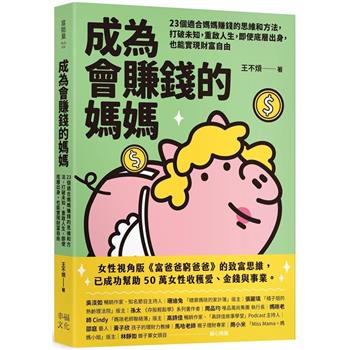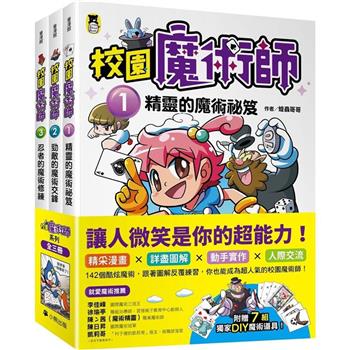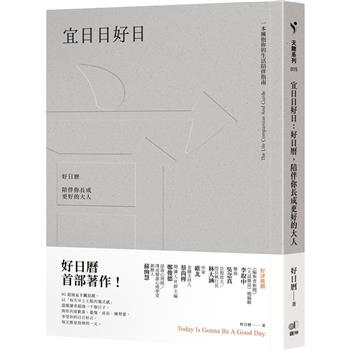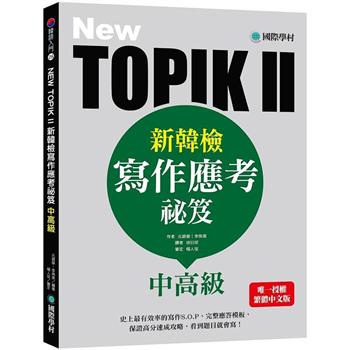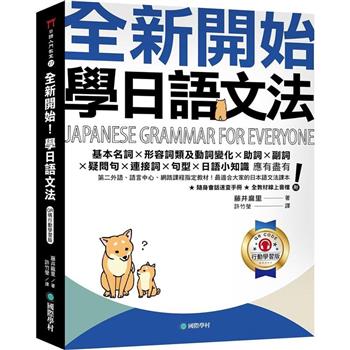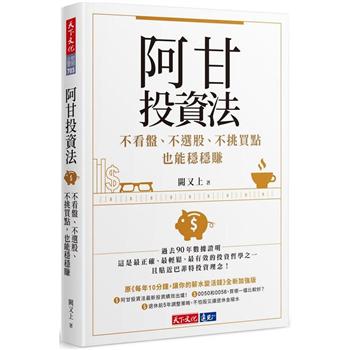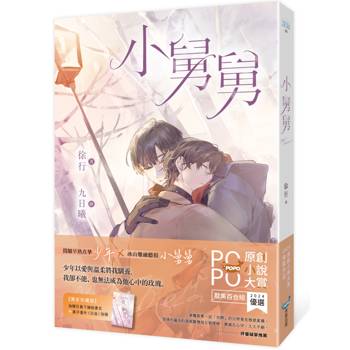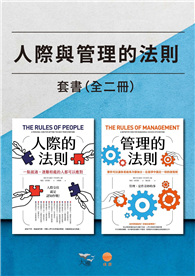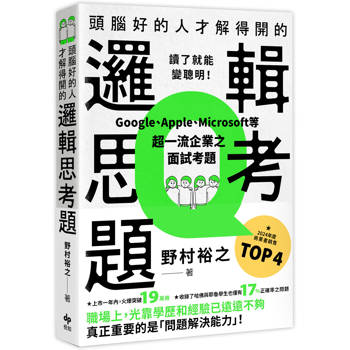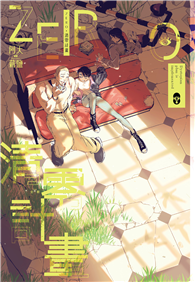| FindBook |
有 3 項符合
當公法遇上私法II:雲端上之智慧財產權的圖書 |
| 圖書選購 |
| 型式 | 價格 | 供應商 | 所屬目錄 | $ 333 |
財經企管 |
$ 333 |
財經/企管/經濟 |
$ 343 |
Business & Money |
|---|
| 圖書館借閱 |
| 國家圖書館 | 全國圖書書目資訊網 | 國立公共資訊圖書館 | 電子書服務平台 | MetaCat 跨館整合查詢 |
| 臺北市立圖書館 | 新北市立圖書館 | 基隆市公共圖書館 | 桃園市立圖書館 | 新竹縣公共圖書館 |
| 苗栗縣立圖書館 | 臺中市立圖書館 | 彰化縣公共圖書館 | 南投縣文化局 | 雲林縣公共圖書館 |
| 嘉義縣圖書館 | 臺南市立圖書館 | 高雄市立圖書館 | 屏東縣公共圖書館 | 宜蘭縣公共圖書館 |
| 花蓮縣文化局 | 臺東縣文化處 |
|
|
- 圖書簡介
本書係台灣智慧財產法院熊誦梅法官當公法遇上私法論文集系列叢書之第二本,為作者於審判工作之外的辦案及研究心得,包括對智慧財產訴訟制度改革的期許與建議,以及對著作權及專利權相關議題的討論。此書對於有志於智慧財產法包括實體法律規定及訴訟制度研究有興趣之讀者,提供深入瞭解智慧財產權之本質,及台灣應有之智慧財產訴訟制度之參考。
- 作者簡介
熊誦梅
現 職
台灣智慧財產法院法官
學 歷
美國柏克萊加州大學法學碩士、博士
台灣大學法學學士、碩士
經 歷
台灣台北地法方法院法官
司法院行政訴訟及懲戒廳調辦事(研究)法官
司法院行政訴訟制度研究修正委員會研究員
法官學院及司法官學院智慧財產案例課程講座
美國聯邦巡迴上訴法院訪問法官
智慧財產權法兼任教授
法令月刊編審委員 - 目次
推薦序/謝銘洋
Recommendation/Robert P. Merges
自序──雲端上之智慧財產權
著作權法與創意保護?──安妮法案300週年有感/1
尋找台灣的Sean Parker/5
我是犯罪集團的一份子──我看我是歌手/13
變調的涼山情歌──解開衍生著作的緊箍咒
壹、前情提要/17
貳、涼山情歌案之事實及理由/22
參、涼山情歌案之評釋/27
肆、代結語──絃外之音/38
從藥品仿單談著作權之保護界線及行政法對民刑法之規範效應──評學名藥藥品仿單之相關法院裁判及檢察實務
壹、問題之提出/43
貳、相關實務見解/46
參、本文之見解/59
肆、結 論/63
不當行使專利權之法律效果及救濟途徑──從美國法上之專利地痞、專利濫用及智慧財產授權準則談起
壹、前 言/65
貳、誰是專利地痞?/68
參、何謂專利濫用?/73
肆、智慧財產契約與競爭法制/77
伍、結 語/84
眾裡尋他千百度:談所屬技術領域中之通常知識者──從最高行政法院九十八年度判字第一二七七號判決談起
壹、事實概要/87
貳、判決理由/89
參、判決評析/92
肆、結語──燈火闌珊處?雲深不知處?/109
從瑞士聯邦專利法院之成立看國際專利司法競爭
壹、緣 起/113
貳、瑞士專利訴訟制度的改革/114
參、新制的特色/115
肆、結 語/117
美國法上手段功能用語之最新發展
壹、美國專利法第112條第6項之立法沿革及其規範內容/119
貳、美國專利實務對手段功能用語之最新見解/123
參、我國專利實務對手段功能用語應有之認識/127
分久必合,合久必分──台灣智慧財產訴訟新制之檢討與展望
壹、前 言/131
貳、台灣智慧財產法院之特色及其所面臨之挑戰/134
參、結 論/151
Metamorphous “Liang Shan Love Song”──A Case Study on the Protection of Cultural Properties of Indigenous Peoples in Taiwan
A.Introduction/153
B.The Case of “Liang Shan Love Song”/156
C.The Protection Act for the Traditional Intellectual Creations of Indigenous Peoples/165
D.Conclusions/170
|
